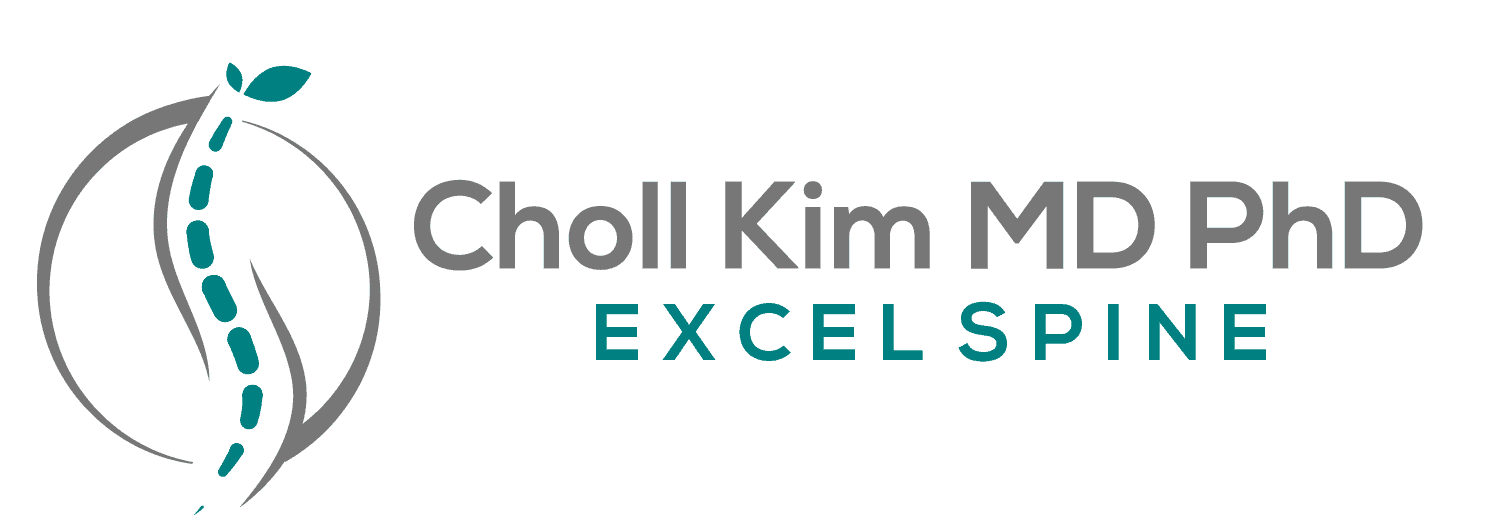
Back and neck pain are among the most common reasons people seek medical care. If you’re dealing with persistent discomfort, you may be wondering: what’s actually causing this pain?
The answer varies depending on your age, activity level, overall health, and even your posture. Below, we outline some of the most common spinal conditions to help you understand what might be behind your symptoms—and when it may be time to consult a spine specialist.
Common Causes of Back and Neck Pain
Herniated Disc
A herniated, or “slipped,” disc occurs when the soft center of a spinal disc pushes through a tear in its tougher outer layer. This can place pressure on nearby nerves, resulting in:
- Pain that radiates down the arms or legs (such as sciatica)
- Numbness or tingling
- Muscle weakness
Herniated discs can affect the cervical (neck) or lumbar (lower back) regions of the spine.
Click here for a short video on surgery options for herniated discs.
Degenerative Disc Disease
Over time, the discs between your vertebrae can dry out and lose their flexibility. While this is a normal part of aging, in some individuals, it can cause chronic pain and limited mobility. Symptoms often include:
- Dull, persistent back or neck pain
- Pain that worsens with sitting, lifting, or bending
- Intermittent episodes of more intense discomfort
Spinal Stenosis
Spinal stenosis is a narrowing of the spinal canal that places pressure on the spinal cord or nerves. It typically develops with age and may cause:
- Pain or numbness in the legs or arms
- Weakness or cramping while walking
- Difficulty standing for long periods
Spondylolisthesis
This condition occurs when one vertebra slips forward or backward over the one beneath it. It can result from arthritis, injury, or congenital issues, and may lead to:
- Lower back pain
- Radiating leg pain
- Muscle tightness or stiffness
Click here for a short video on two reasons a spondylolisthesis may cause you pain.
Facet Joint Arthritis
The facet joints in the spine can develop osteoarthritis over time. This may lead to:
- Localized back or neck stiffness
- Pain that worsens with twisting or bending (specifically extension mediated-leaning back)
- Reduced range of motion
Muscle Strain or Ligament Sprain
In many cases, pain results from strain to the muscles or ligaments surrounding the spine, often due to overuse, improper lifting, or poor posture. Symptoms may include:
- Sharp or aching pain
- Muscle tightness or spasms
- Limited flexibility
Less Common but Serious Causes
While most cases of back or neck pain stem from mechanical or age-related changes, there are other, more serious causes to be aware of, including:
- Spinal infections
- Tumors
- Autoimmune conditions such as ankylosing spondylitis
Seek immediate medical attention if your pain is accompanied by fever, unexplained weight loss, or changes in bowel or bladder function.
When to See a Spine Specialist
If your symptoms have persisted for more than a few weeks, are worsening, or are interfering with your daily activities, it may be time to consult a spine specialist. An expert evaluation can help identify the underlying cause of your pain and provide guidance on next steps.
Treatment plans are tailored to each patient and may include physical therapy, medication, injections, or minimally invasive surgical options when appropriate.
Click here to check out this short video explaining when to see a spine surgeon.
Need an Expert Opinion?
At Excel Spine Center, we provide comprehensive spine evaluations and advanced, patient-centered treatment options. If you’re experiencing back or neck pain and want answers, our team is here to help.
Request a Free MRI Review or contact us to schedule a consultation.
You don’t have to live with chronic pain. Take the first step toward relief today.
